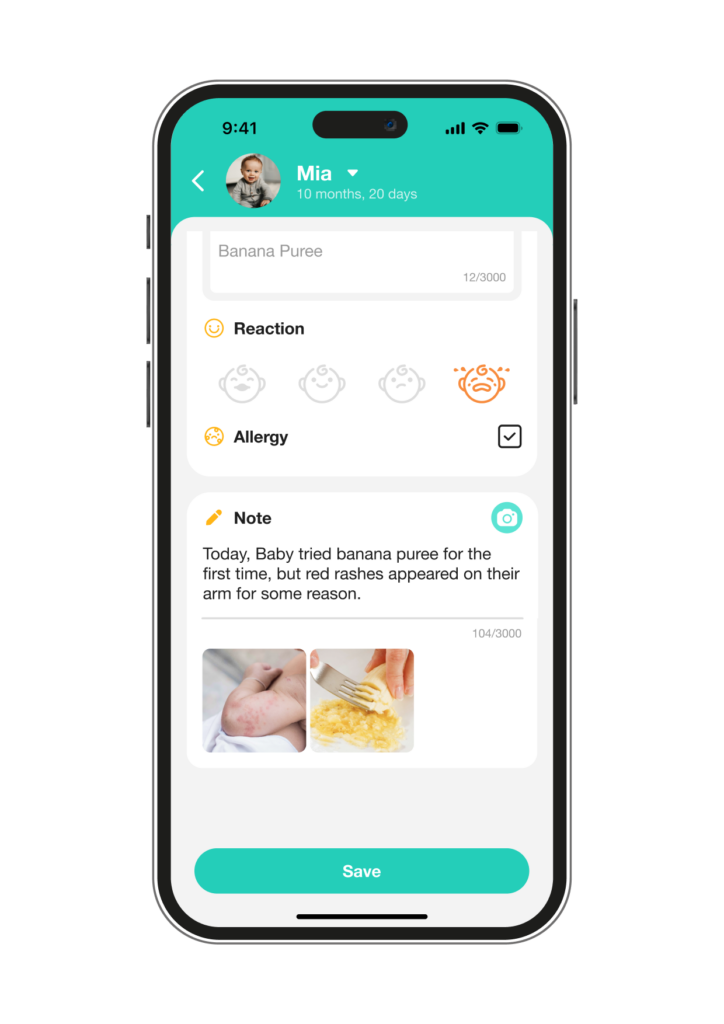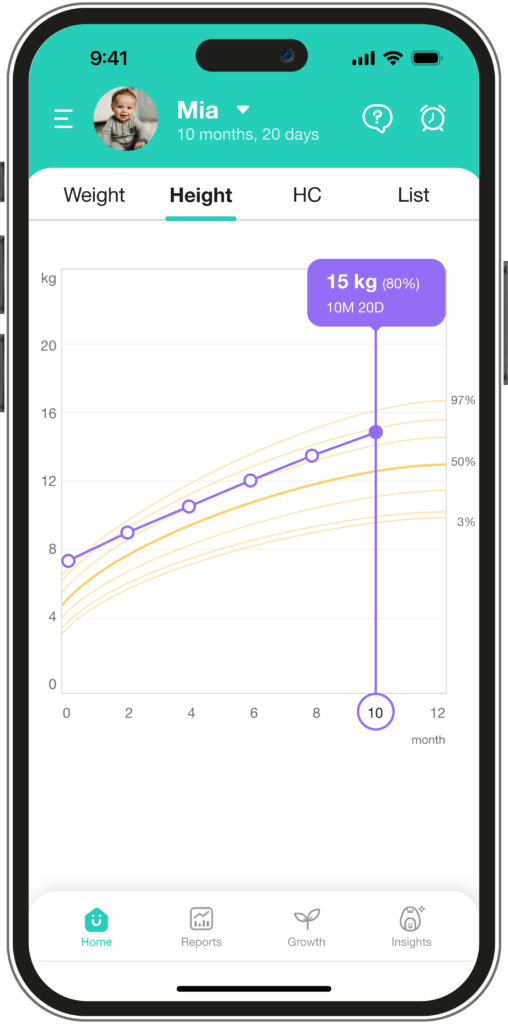At six months, when babies begin exploring, they also embark on an important developmental milestone—starting the weaning process. This transition, from breast milk or formula to solid foods is not just about changing diets, but also a key period for babies to develop autonomy and self-expression. It significantly impacts their oral development, chewing ability, and taste exploration.
While traditional weaning primarily relies on parents feeding their child, Baby-Led Weaning (BLW) is a baby-centered approach that empowers infants to lead their own feeding journey. First introduced by Dr. Gill Rapley in the UK in 2001, BLW has gained widespread popularity across Europe, North America, and the Asia-Pacific region. It embodies the philosophy of “letting the baby decide,” allowing infants to take control of their mealtime experiences, build confidence, and foster independence.
1. Differences Between BLW and Traditional Weaning
Traditional Weaning
- Process: Caregivers prepare purees or soft foods and feed the baby with a spoon. As the baby grows, food texture progresses from purees to mashed, then chunkier foods.
- Advantages: Allows precise control of the baby’s food intake, ensuring adequate nutrition.
- Challenges: Babies may become reliant on being fed and miss out on opportunities for self-exploration.
BLW (Baby-Led Weaning)
- Process: Caregivers prepare age-appropriate solid foods that babies can pick up and eat on their own. Foods are initially offered in sticks or chunks, with variety increasing as the baby’s eating skills improve.
- Advantages: Encourages sensory development, hand-eye coordination, confidence, and independence by letting babies explore on their own.
- Challenges: Initial food intake might be low, and mealtime can be messier compared to traditional methods.
2. Conditions and Guidelines for Implementing BLW
Is Your Baby Ready?
BLW is typically recommended once a baby reaches six months, as their physical and behavioral development usually prepares them for the challenges of new foods. Key readiness signs include:
- Physical development: The baby can sit upright and hold their head steady.
- Behavioral signs: They can grasp objects, show interest in food, and mimic chewing behaviors.
- Health status: They are growing well and don’t have any special health conditions requiring alternative feeding methods.
Are You Ready as a Parent?
- Choosing Foods: Begin with soft, easy-to-grasp options like cooked carrot sticks, banana chunks, or sweet potato wedges. Avoid hard, sticky, or small, crumbly foods to reduce choking risks.
- Setting the Environment: Use a stable high chair and place a splash mat underneath for easier cleanup.
- Supervision: Always stay with your baby during meals and monitor for signs of choking or gagging.
- Record Keeping: Use tools like the CuboAi Baby Diary & Tracker app to document your baby’s meals. Snap photos to track preferences and portion sizes, helping monitor their eating habits over time.

Mealtime Tips
- Focus entirely on your baby during meals—avoid distractions like phones or TV.
- Eat with your baby to model eating behaviors they can imitate.
- Don’t force them to eat. Allow your baby to decide what and how much to eat, respecting their autonomy.
3. Pros and Cons of BLW
Advantages
- Sensory and Motor Development: Exploring various textures, colors, and flavors promotes sensory growth while improving hand-eye coordination.
- Building Confidence and Independence: Allowing babies to choose their own food boosts self-confidence and promotes independence.
- Parent-Child Bonding: Shared family mealtimes reduce the stress of feeding and enhance the emotional connection between parents and their baby.
- Reduced Risk of Picky Eating: Early exposure to diverse foods encourages a more adventurous palate.
- Speech Development: Frequent chewing exercises mouth muscles, aiding in language development.
- Tracking Progress: The CuboAi Baby Diary & Tracker app makes it easy for parents to document each meal, track preferences, and monitor growth. This provides valuable insights for consultations with healthcare professionals.

Challenges
- Messiness: BLW can be messy in the beginning, but this is a natural part of the process. Parents will need to be patient.
- Low Initial Food Intake: Babies may eat smaller amounts initially, requiring continued breast milk or formula supplementation.
- Family Concerns: Some family members may be skeptical of BLW, requiring open communication and education.
- First Aid Knowledge: Parents should be equipped with basic first aid skills to address choking incidents if they occur.
4. Safety Considerations for BLW
Gagging vs. Choking
- Gagging: Babies may cough, turn red, or tear up but can typically clear the food on their own.
- Choking: Signs include silence, inability to breathe, bluish skin or lips, and no coughing sounds. In such cases, parents must perform infant first aid immediately, such as the Heimlich maneuver, to clear obstructions.
Tips to Prevent Choking
- Avoid hard, small foods (e.g., nuts or grapes) or sticky foods (e.g., peanut butter).
- Ensure food is cut into safe, manageable sizes, such as strips or chunks.
5. Is BLW Right for Your Family?
Every family’s parenting style is unique. BLW is a natural and enjoyable way to introduce solids, but its suitability depends on your baby’s needs and your family’s lifestyle. With love and patience, parents can turn mealtime into a warm bonding experience. Regardless of the method you choose, what matters most is a nurturing approach that ensures your baby grows up healthy and happy.
I loved as much as you will receive carried out right here. The sketch is attractive, your authored material stylish. nonetheless, you command get got an impatience over that you wish be delivering the following. unwell unquestionably come more formerly again since exactly the same nearly a lot often inside case you shield this hike.